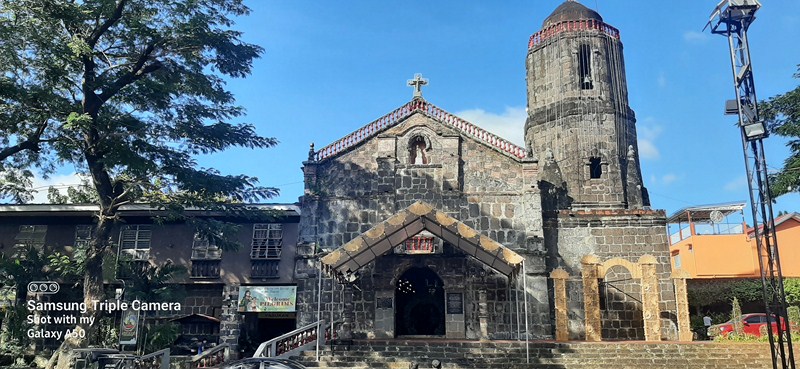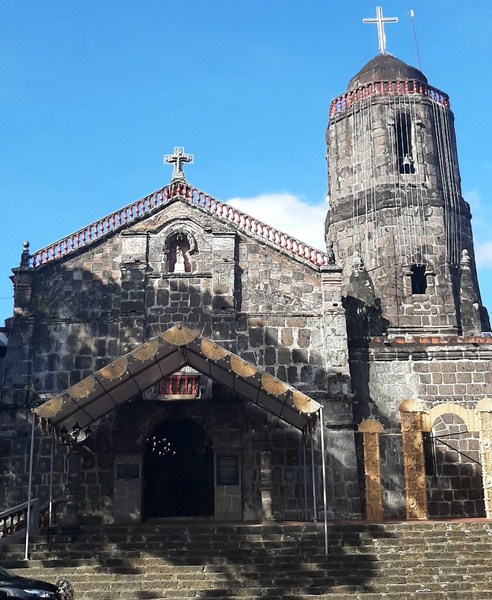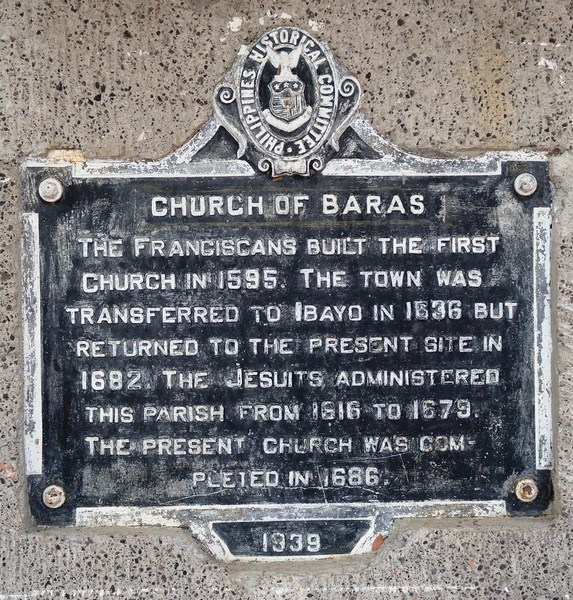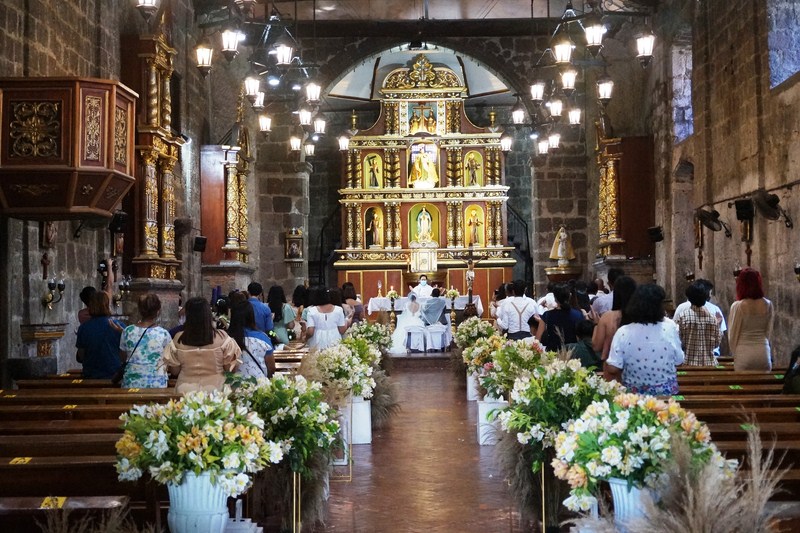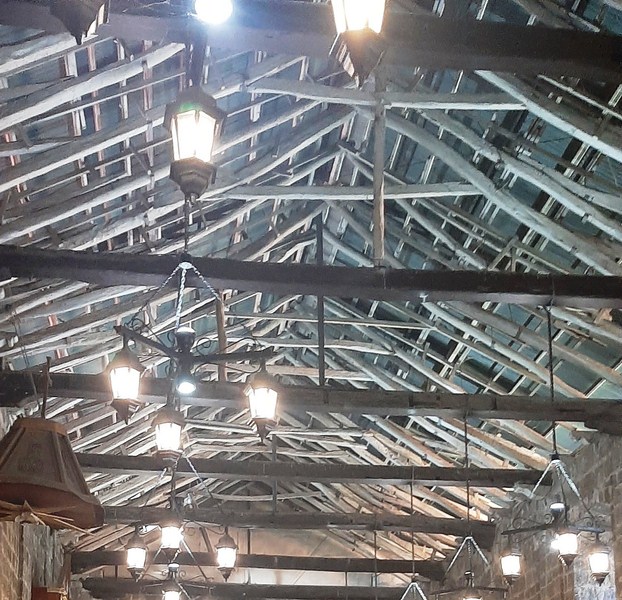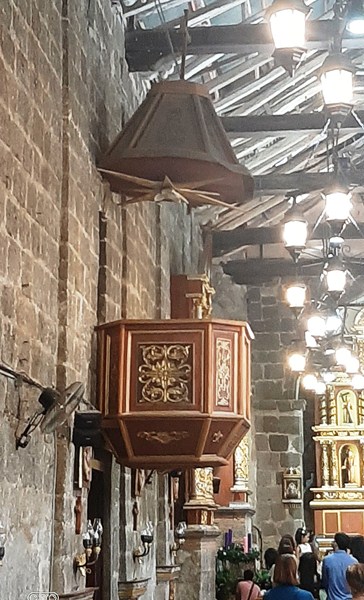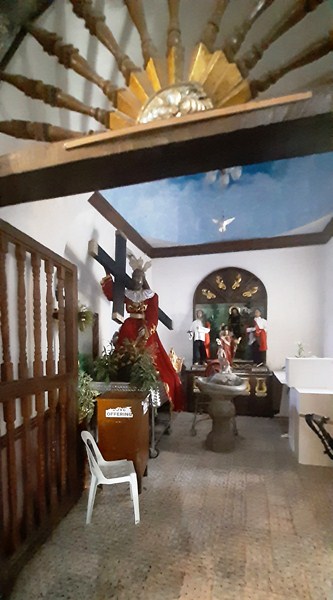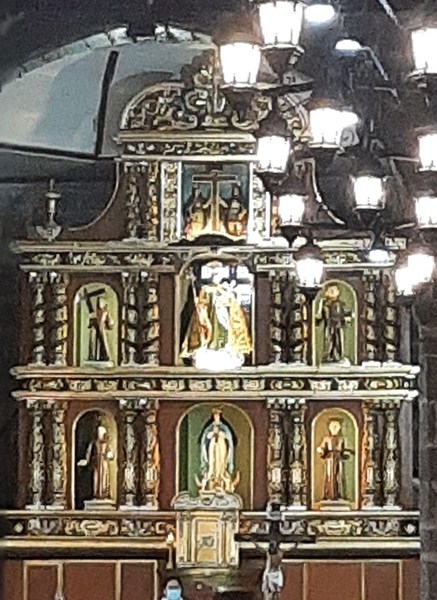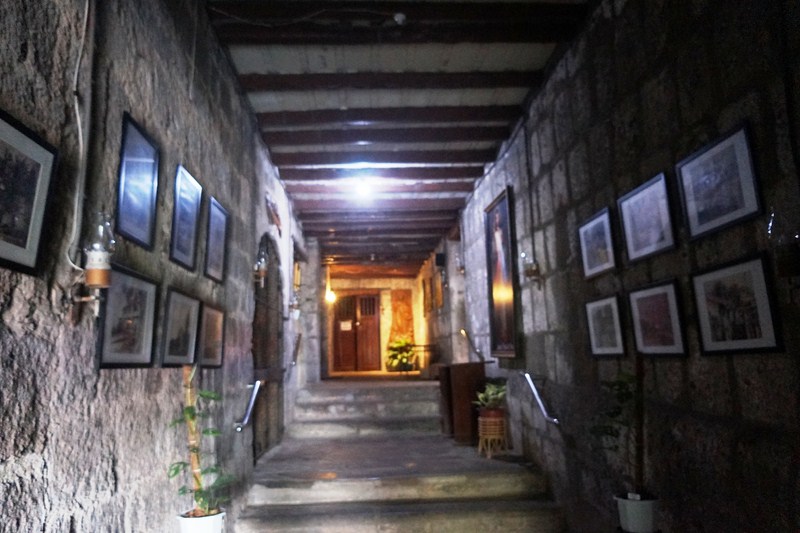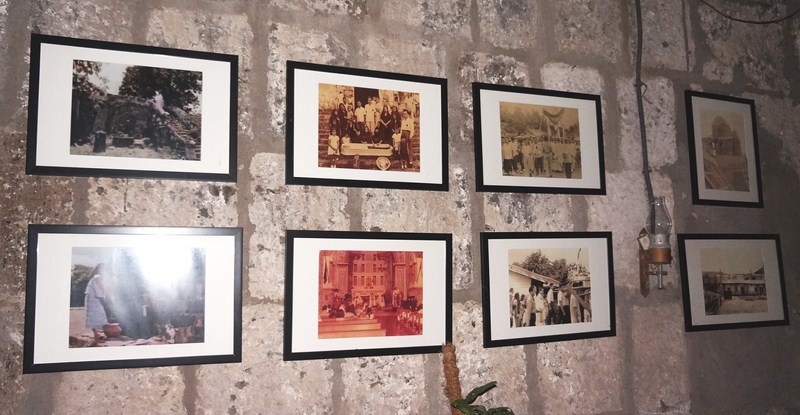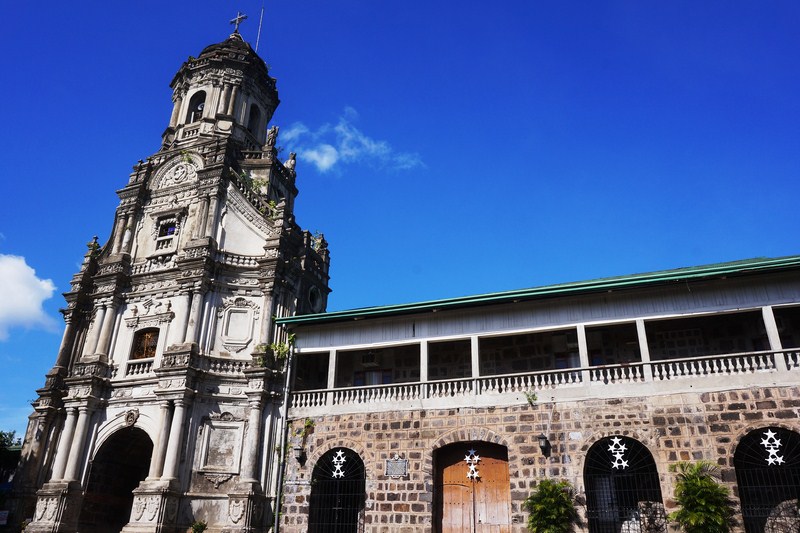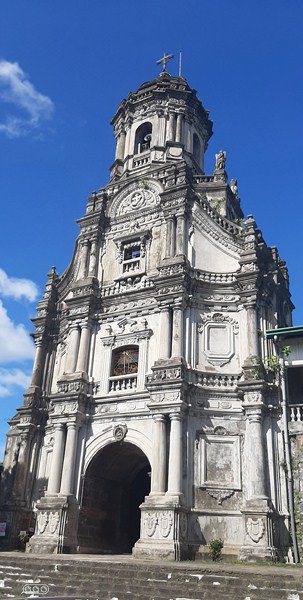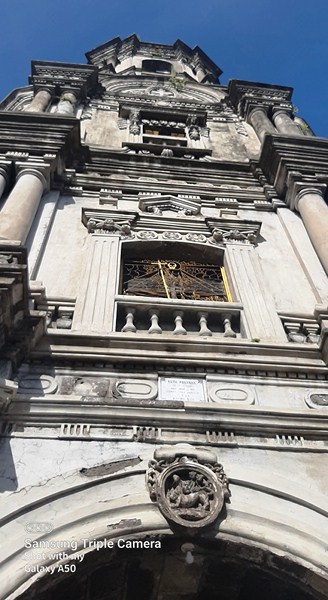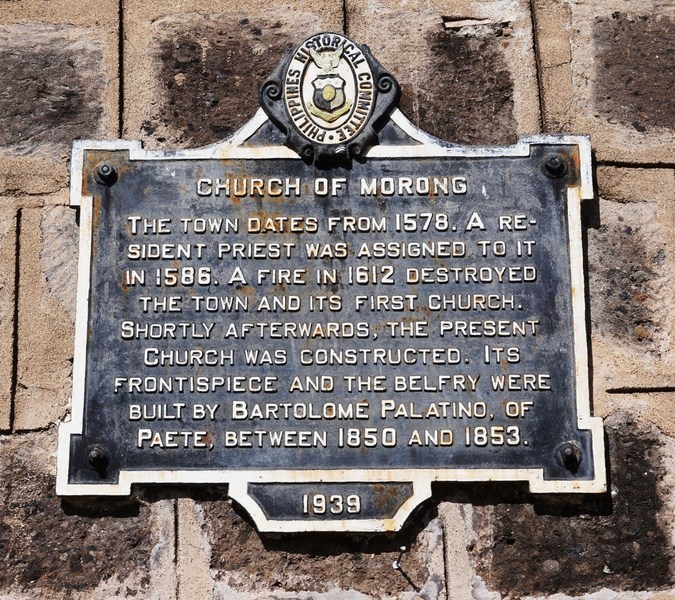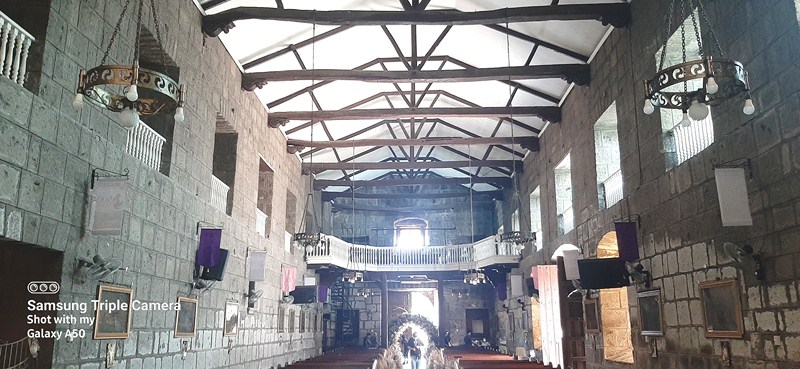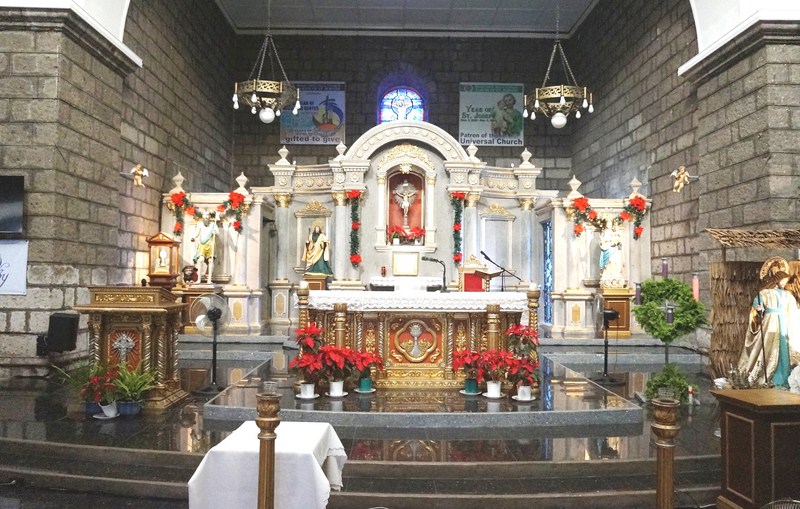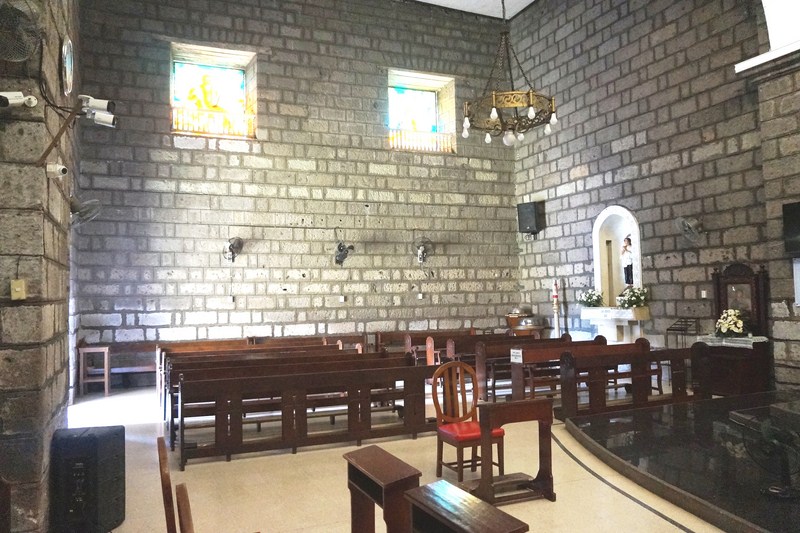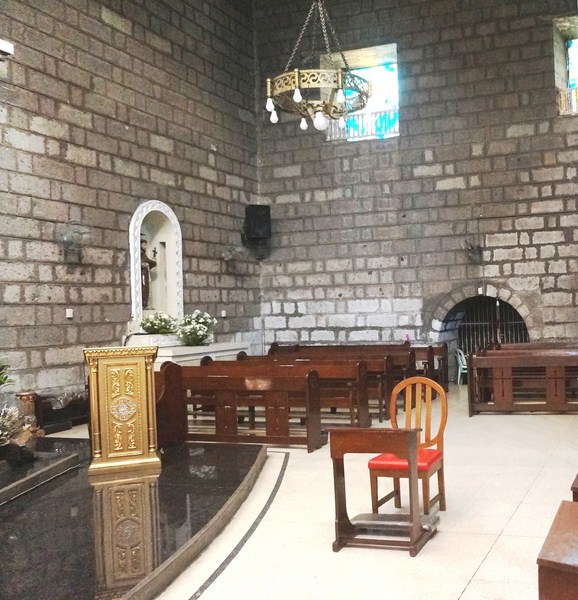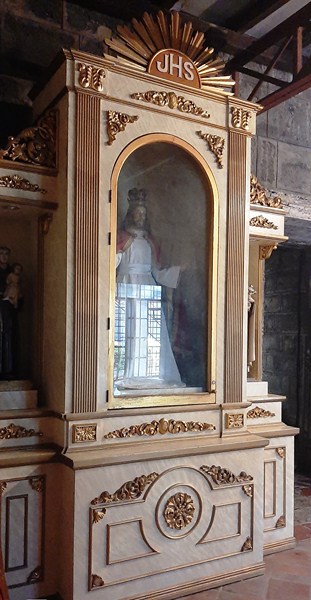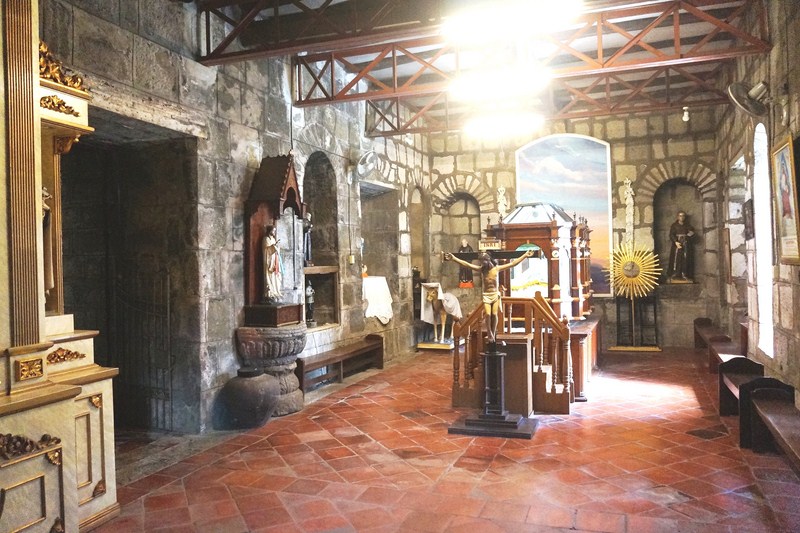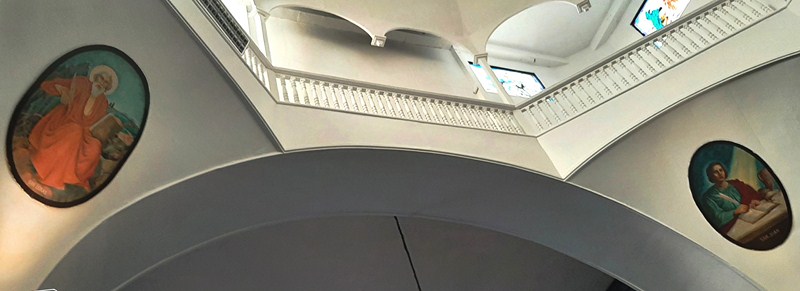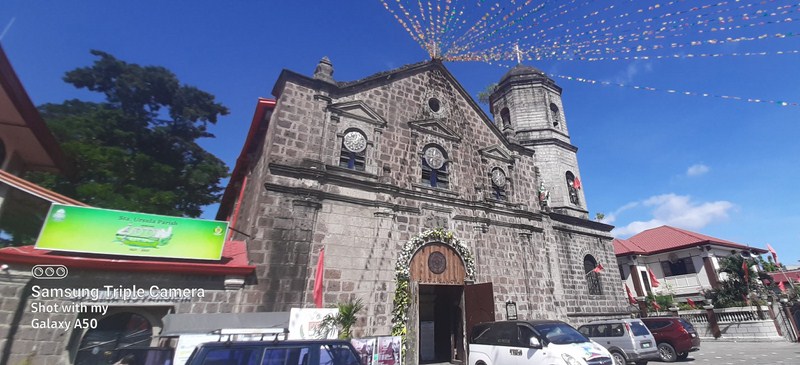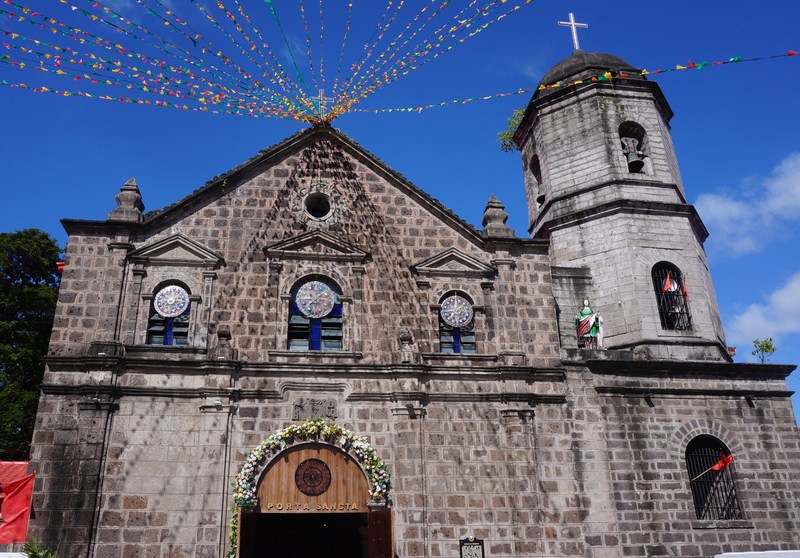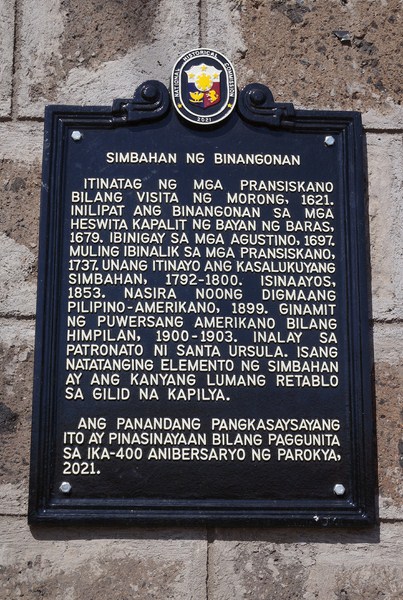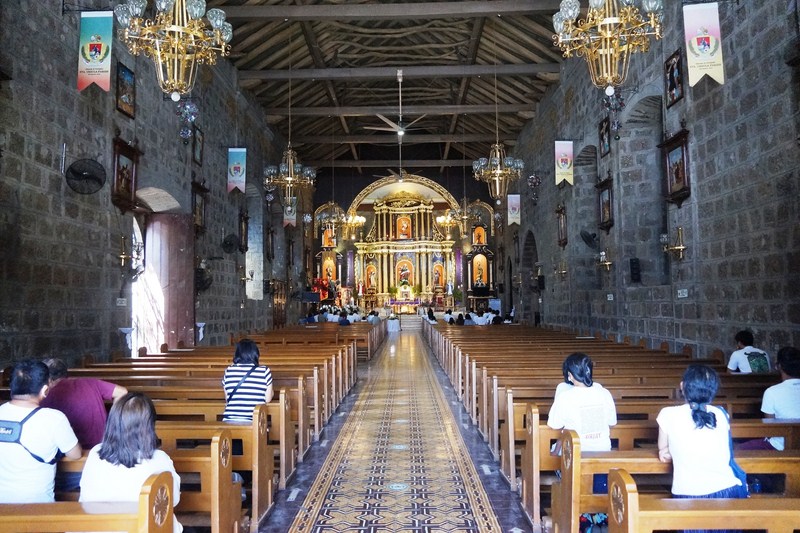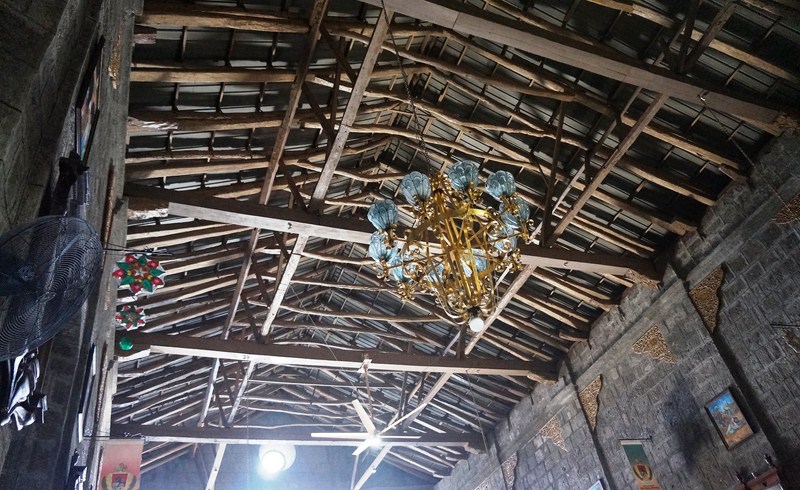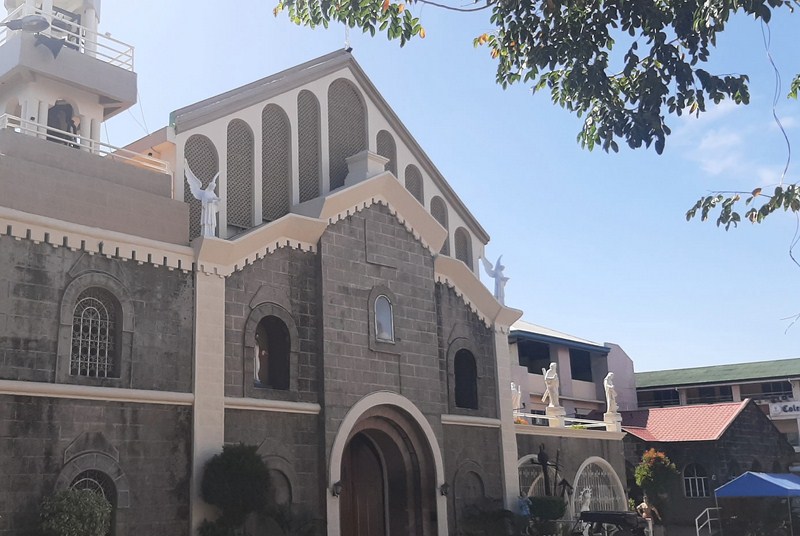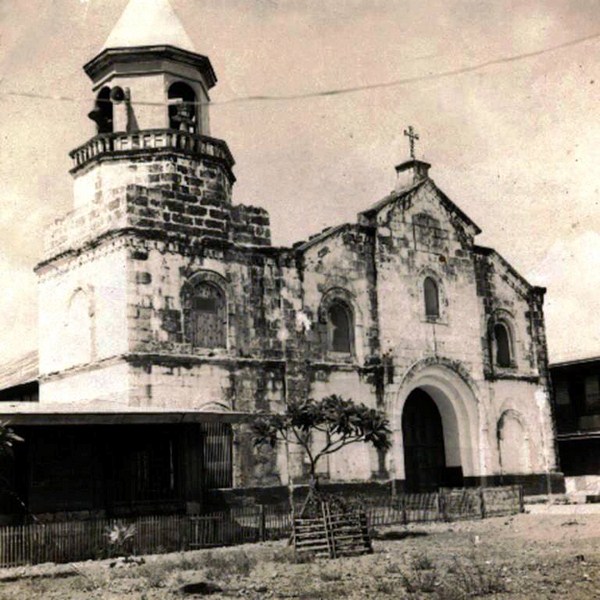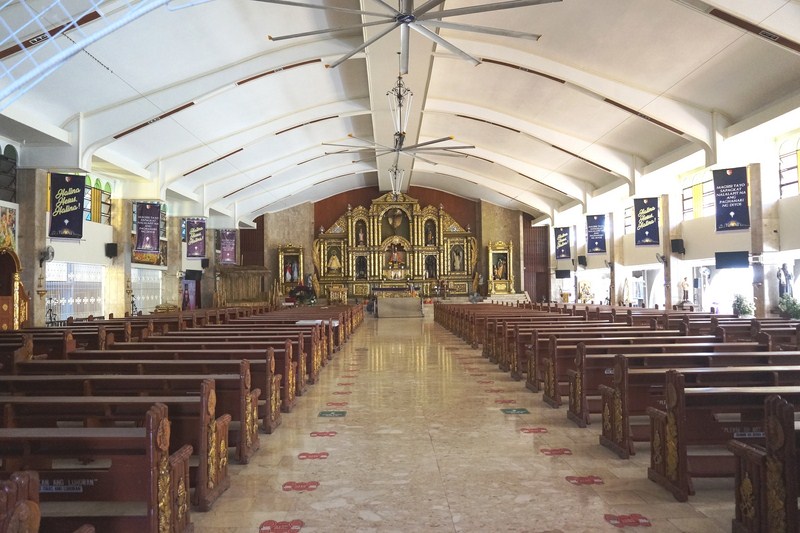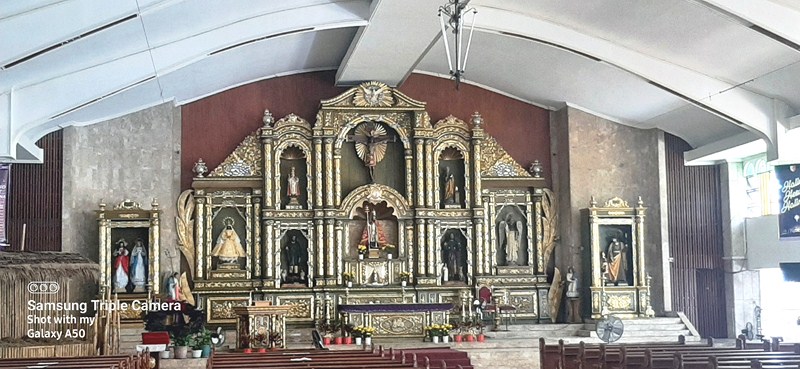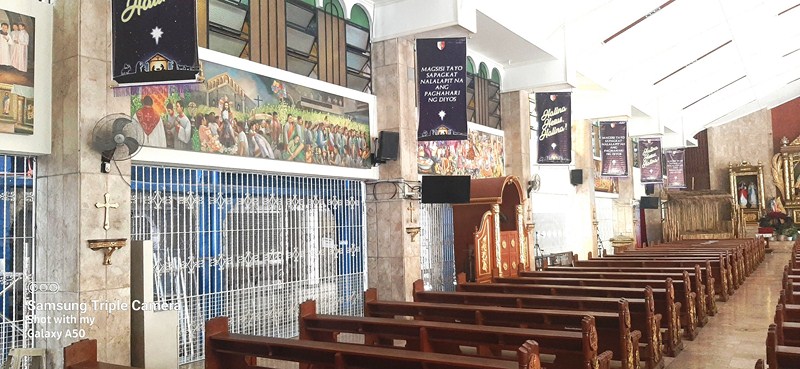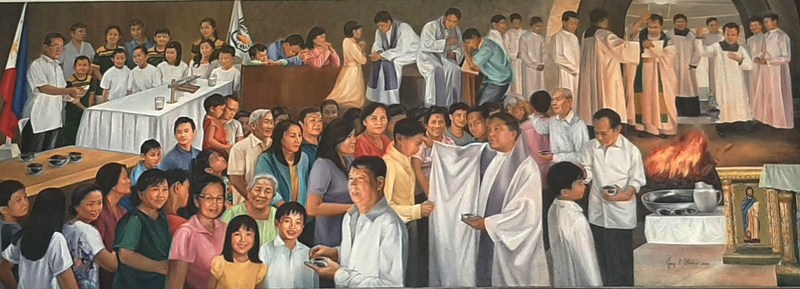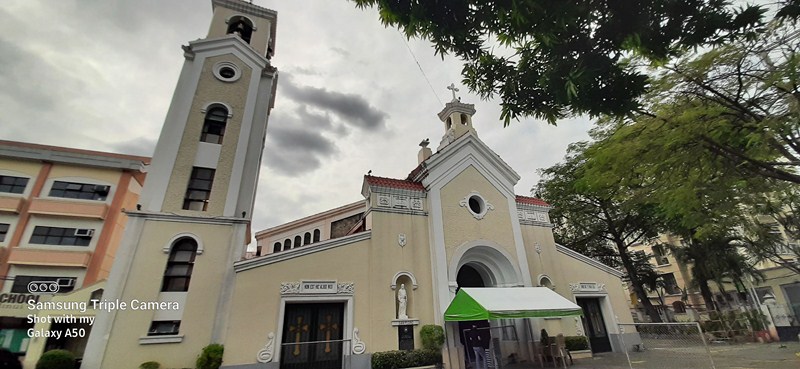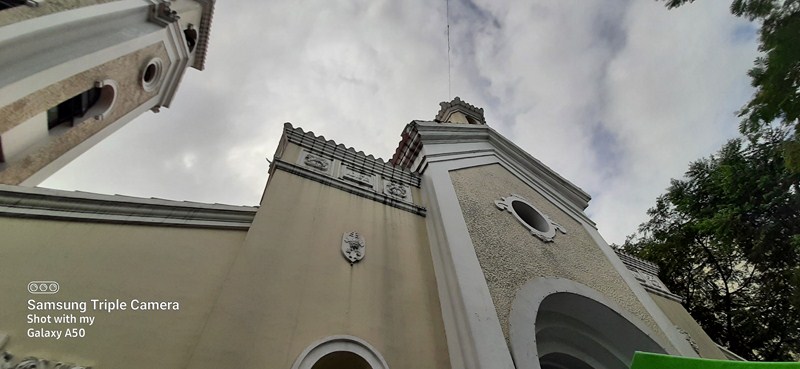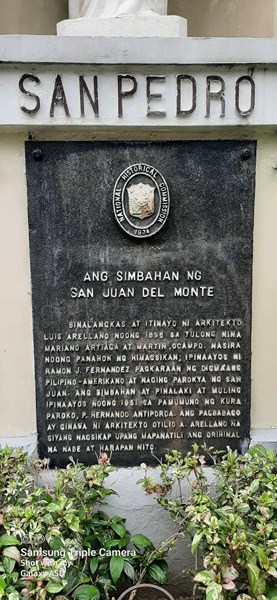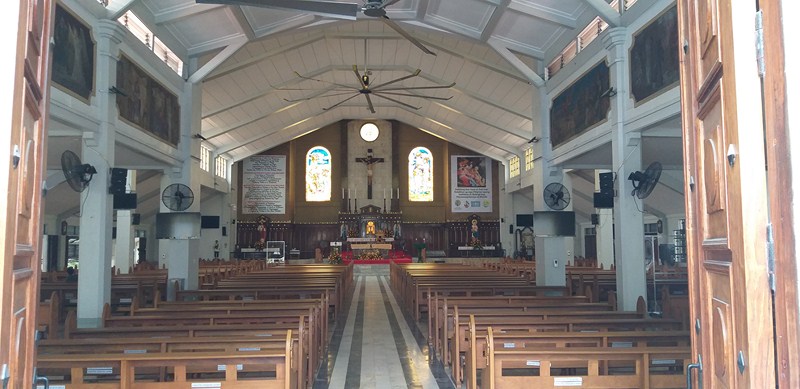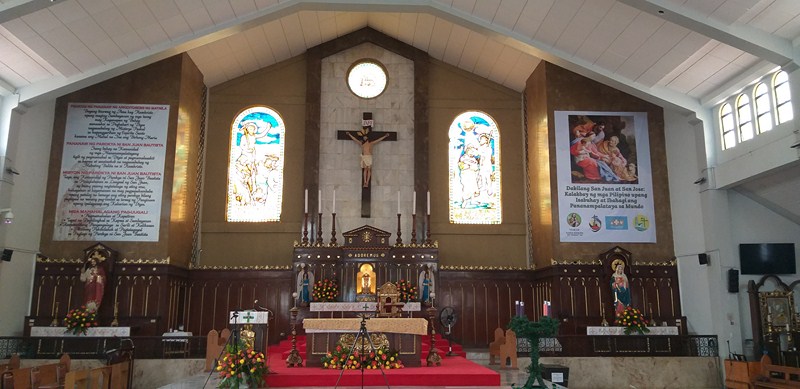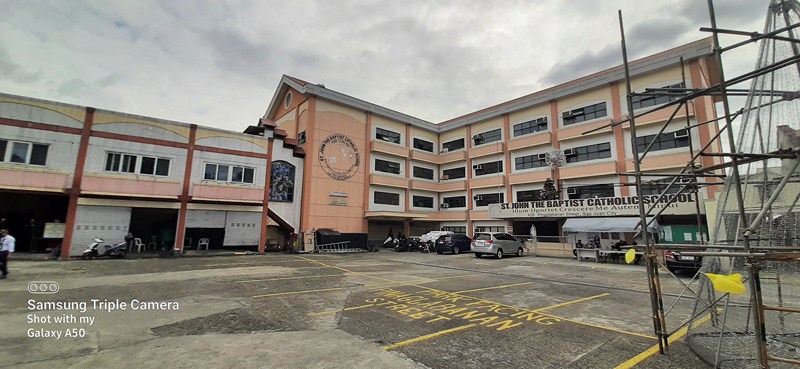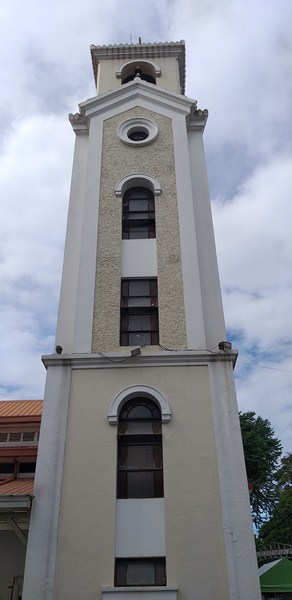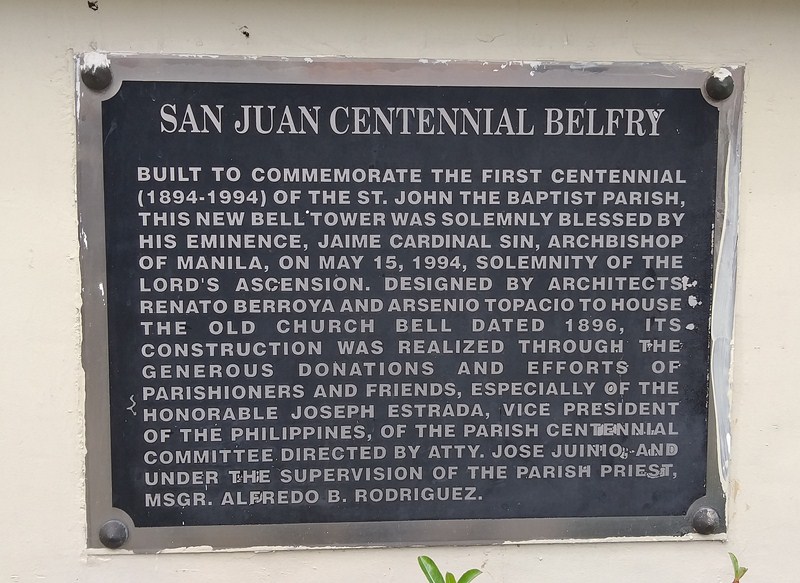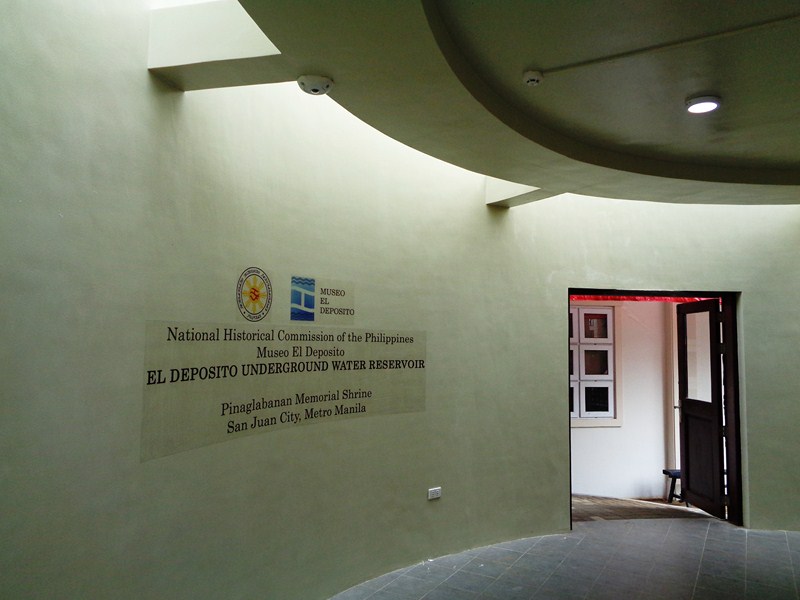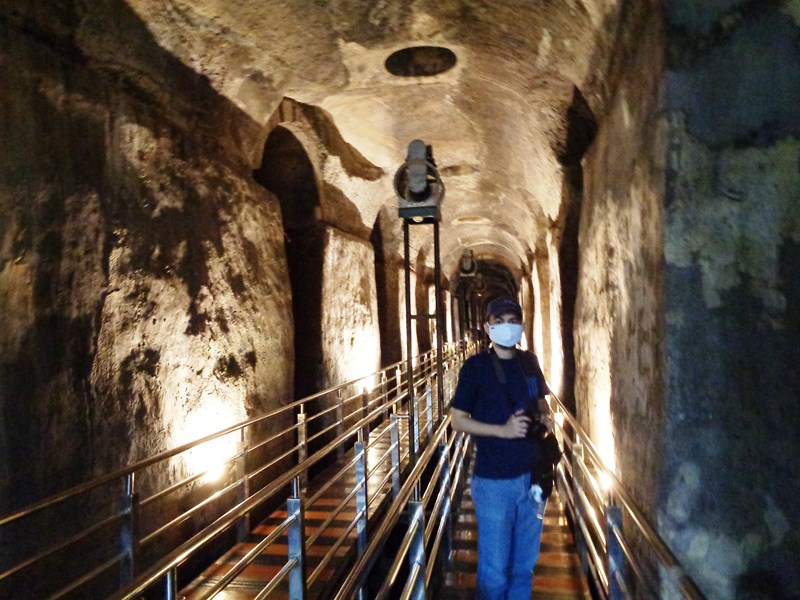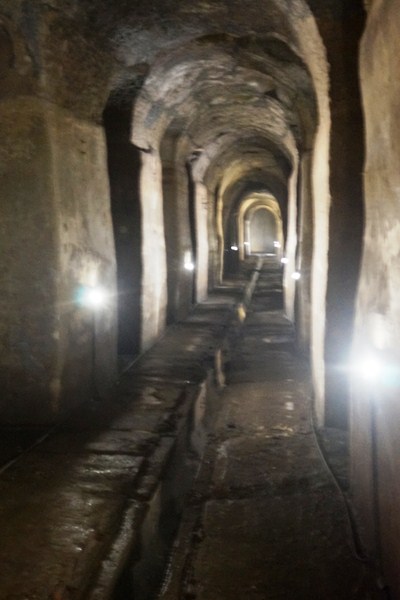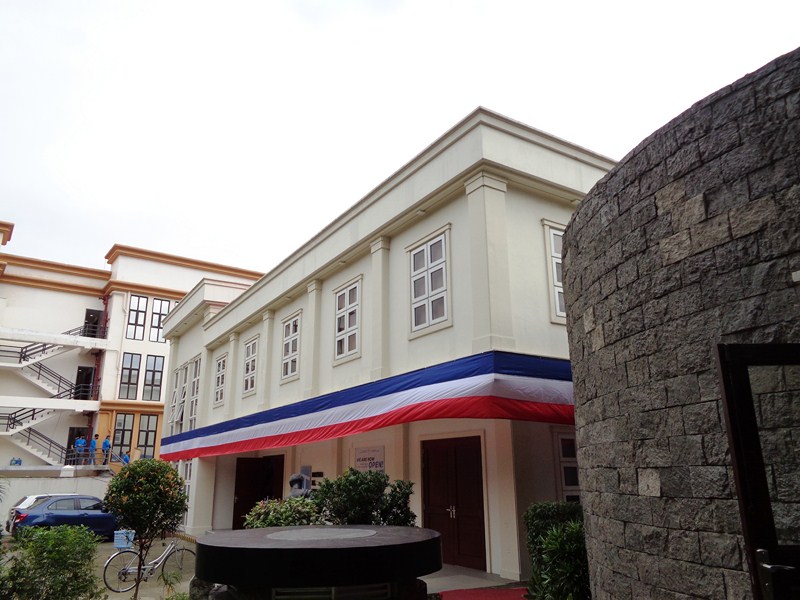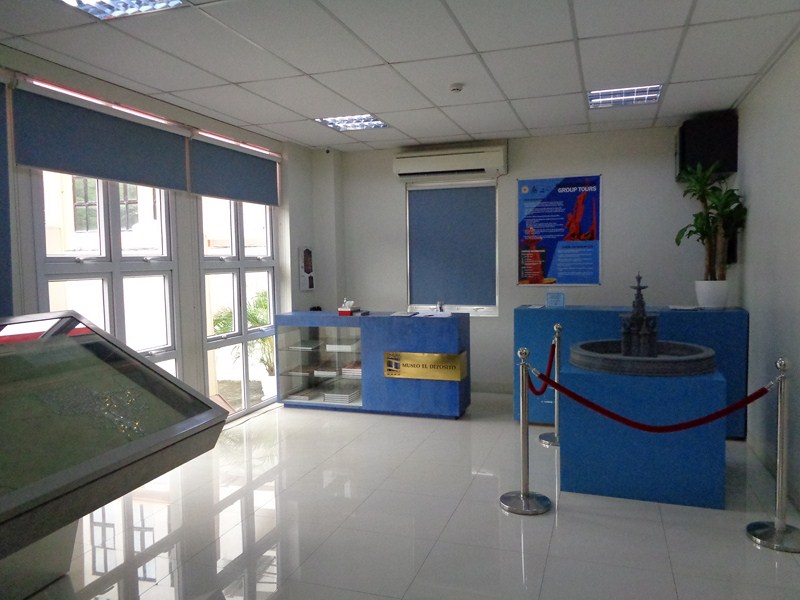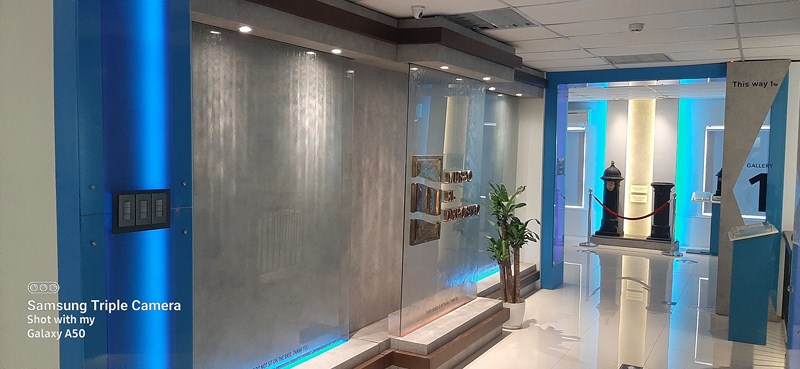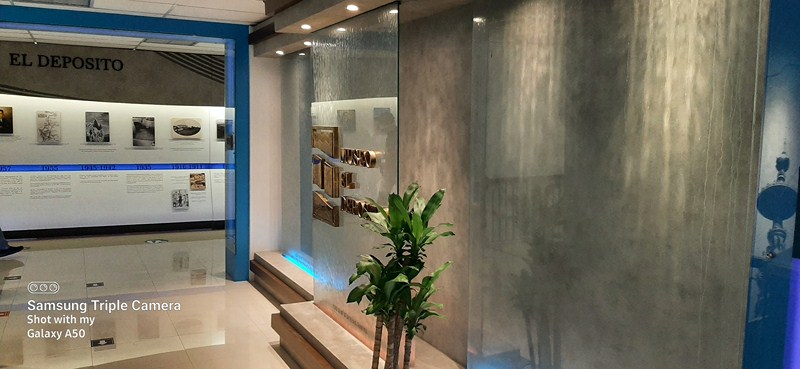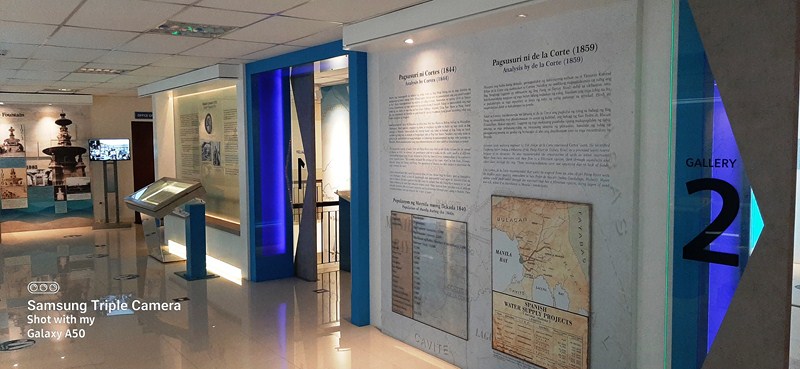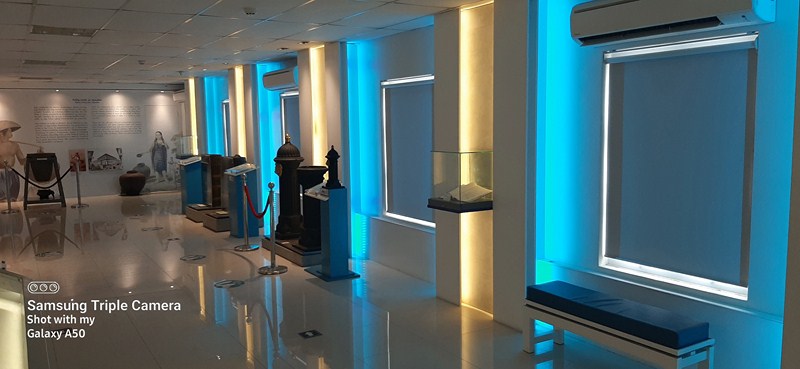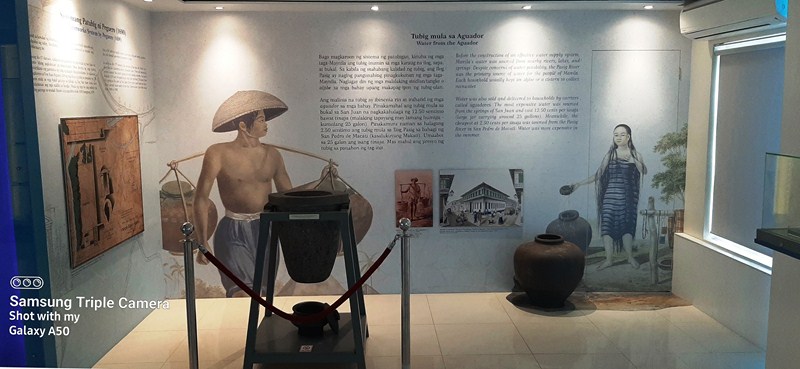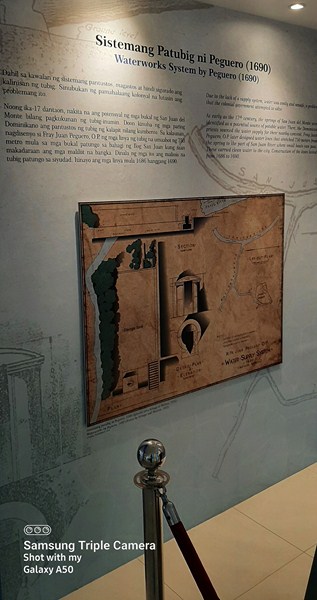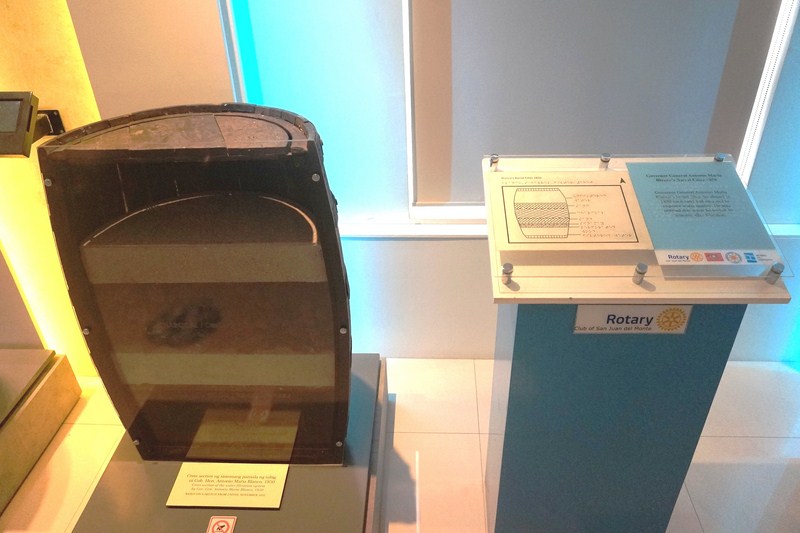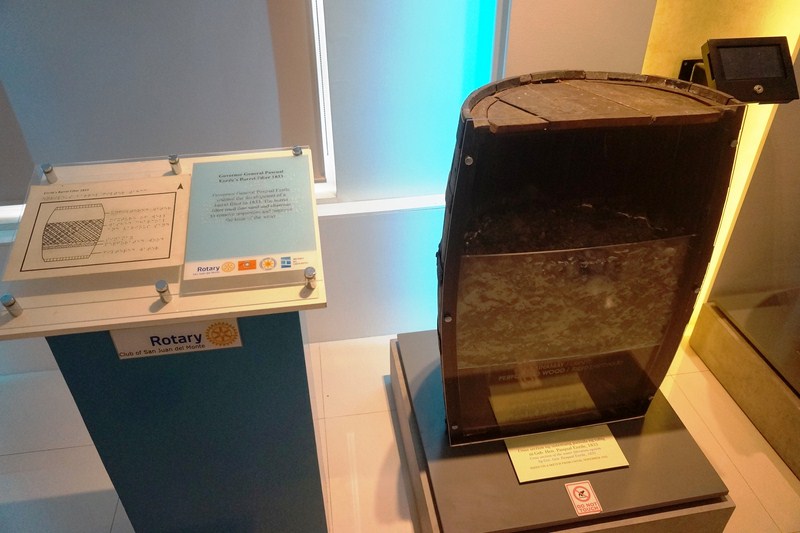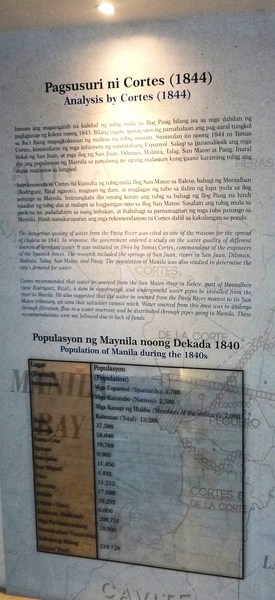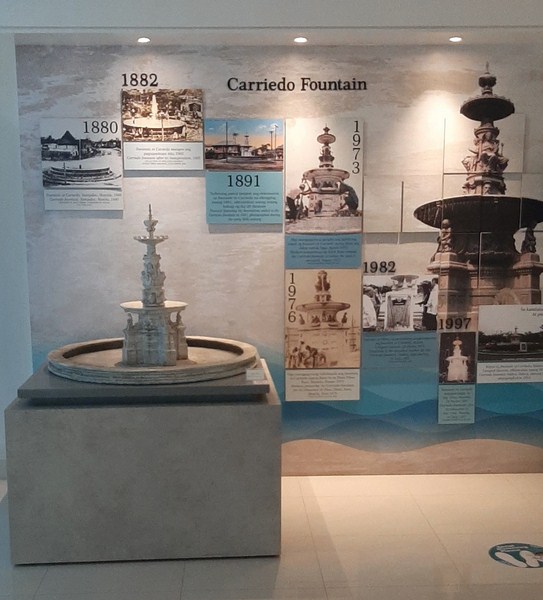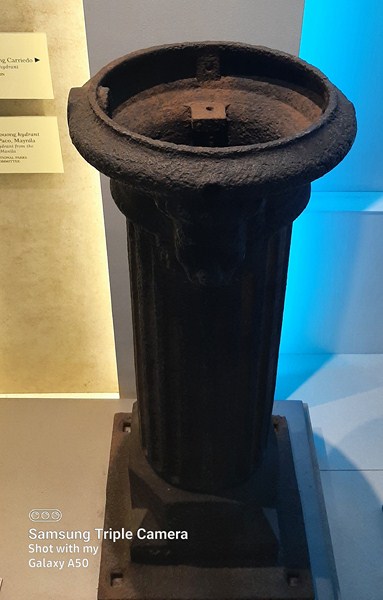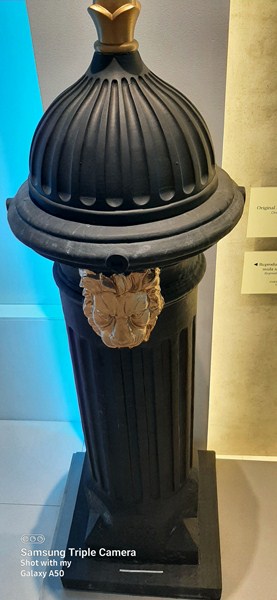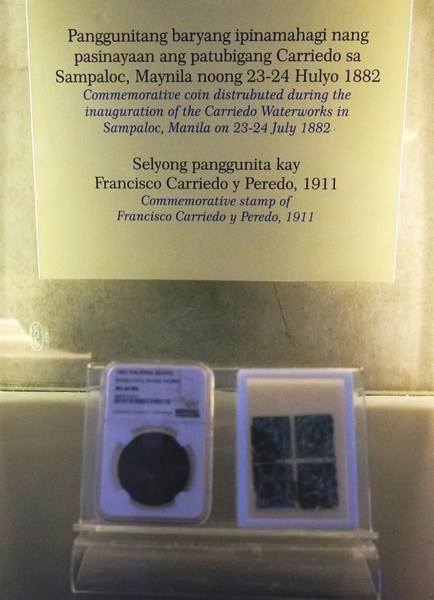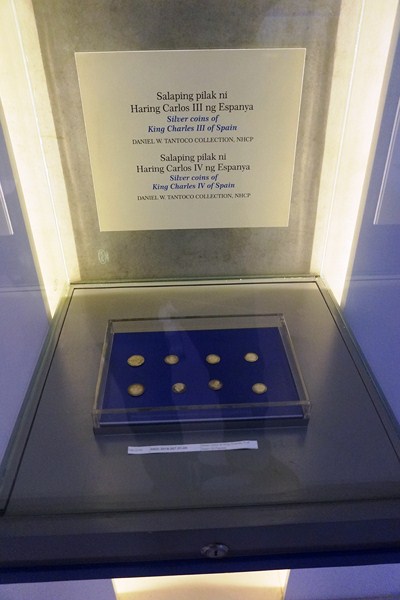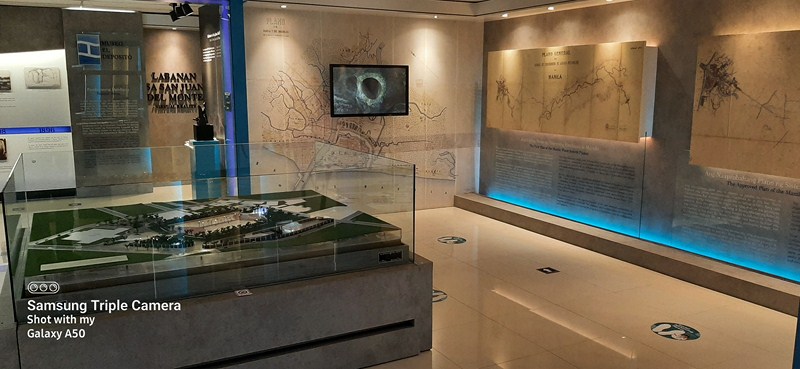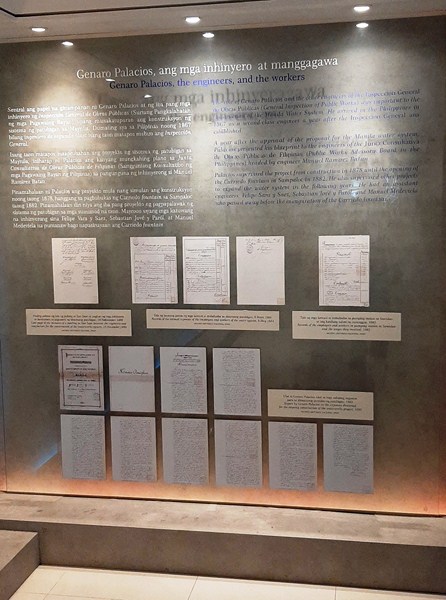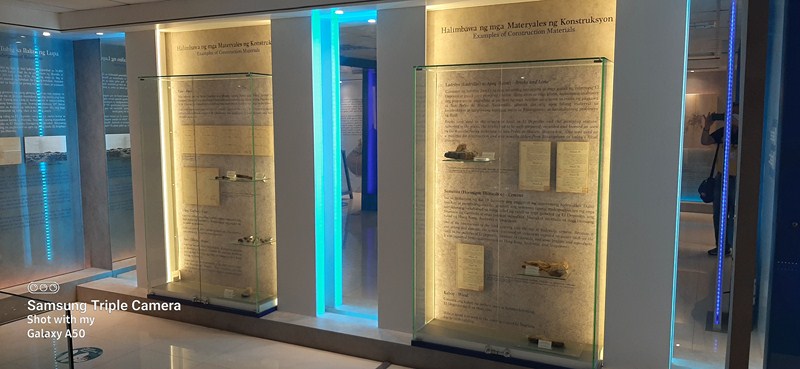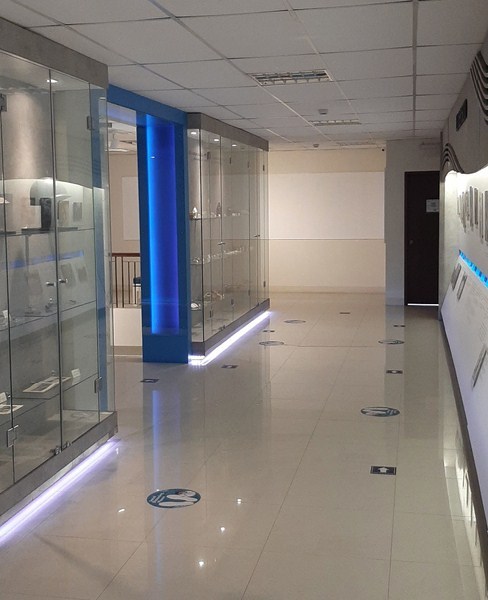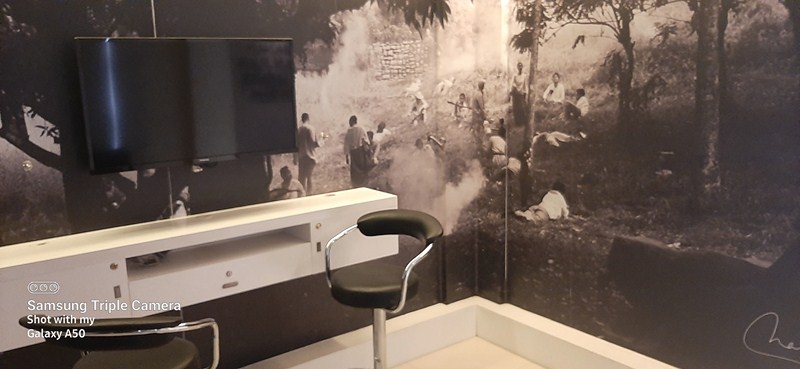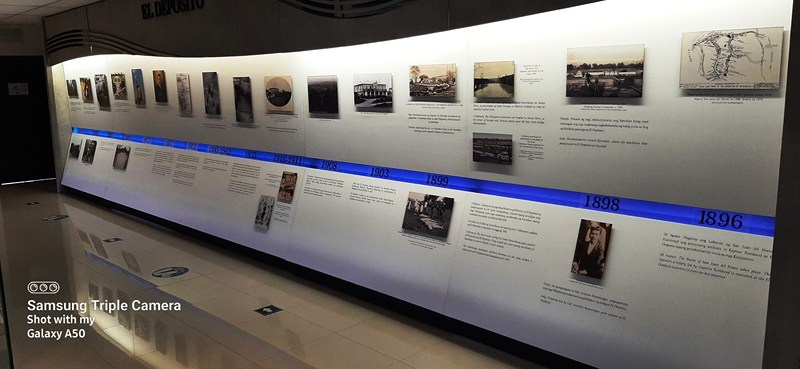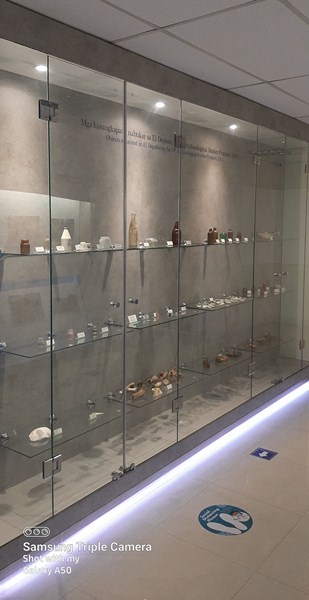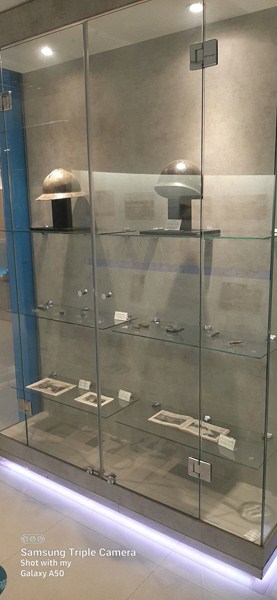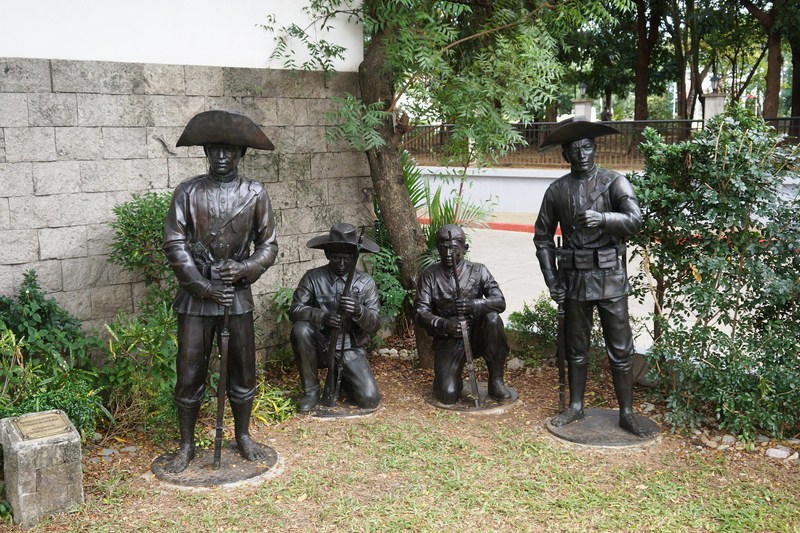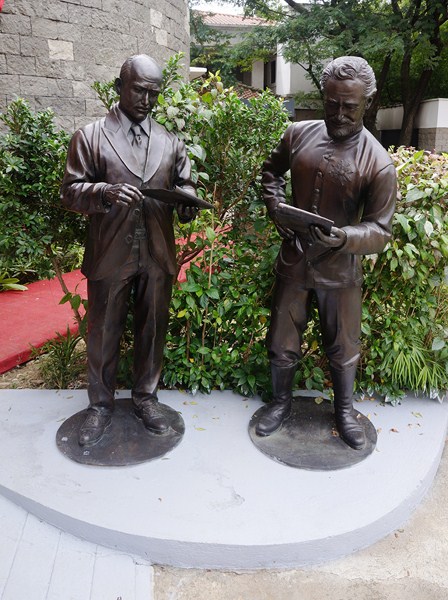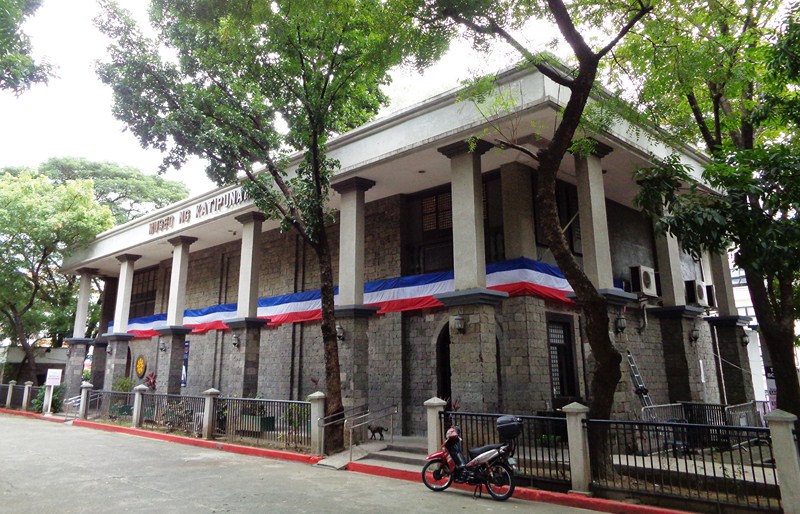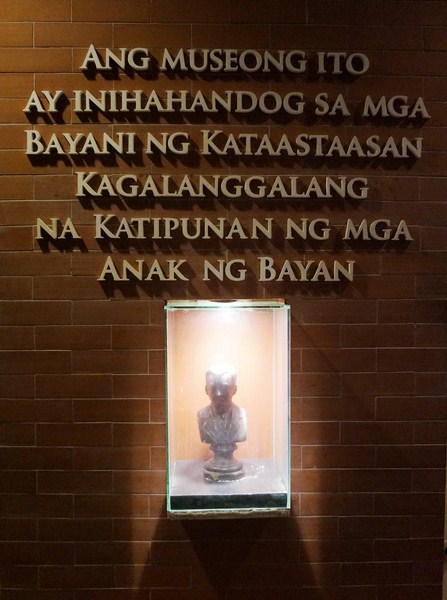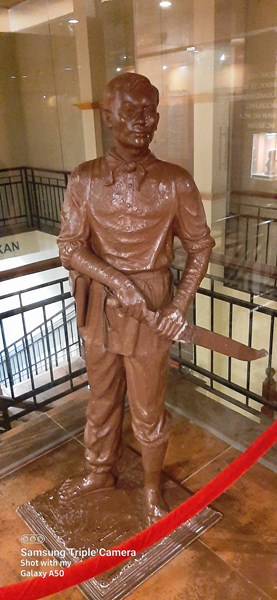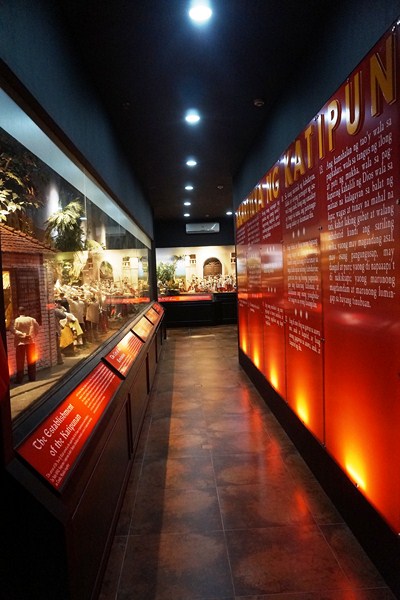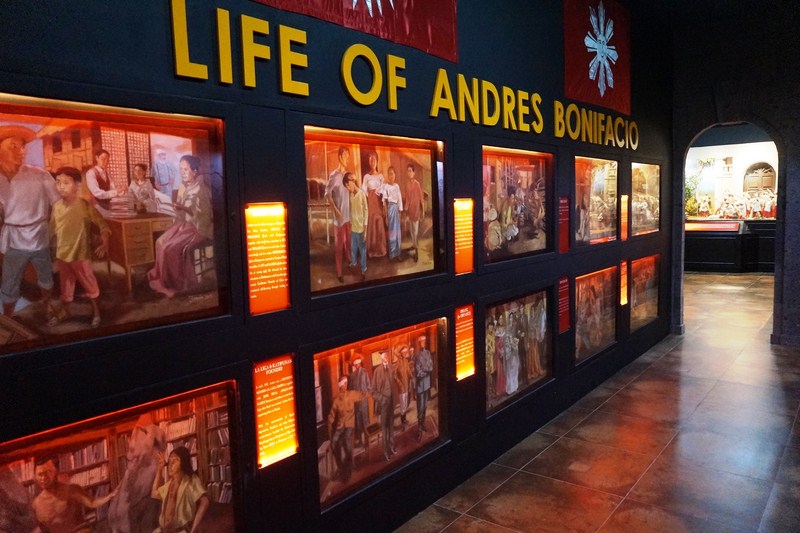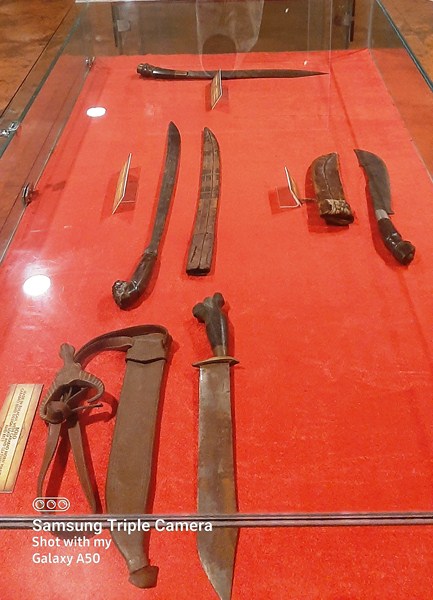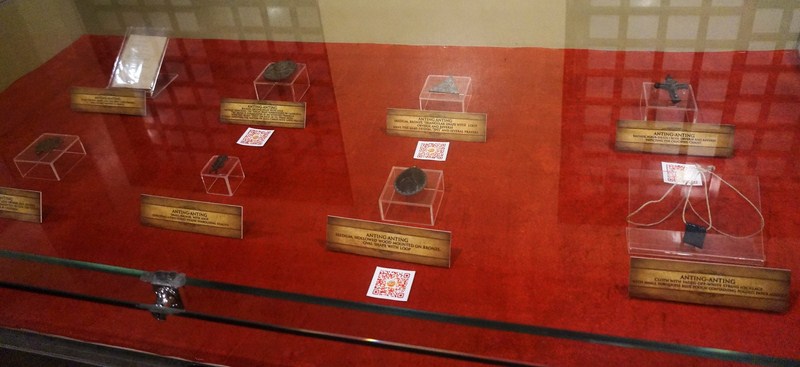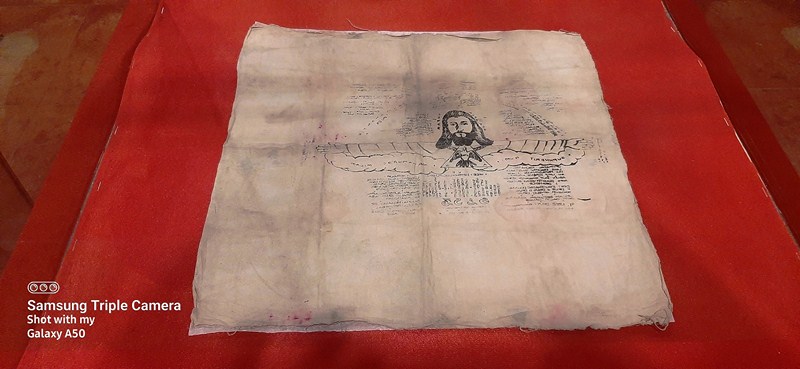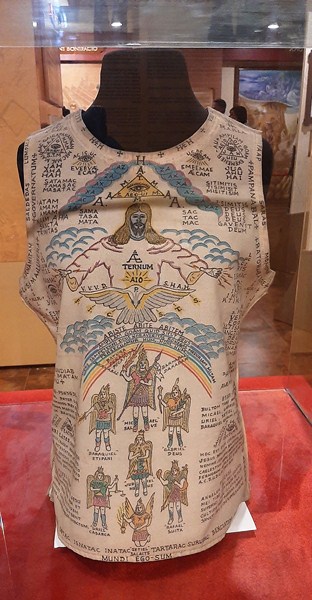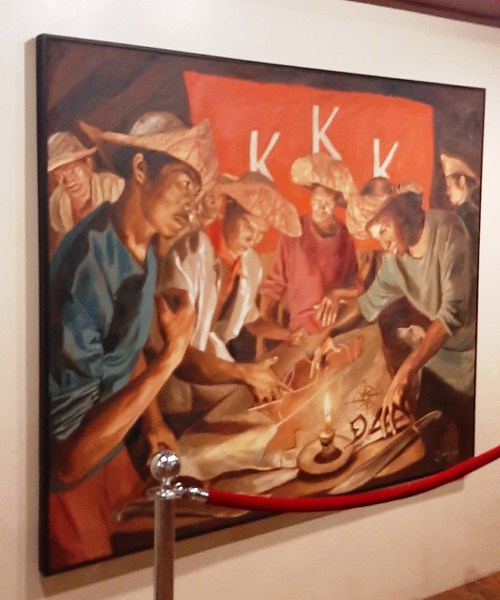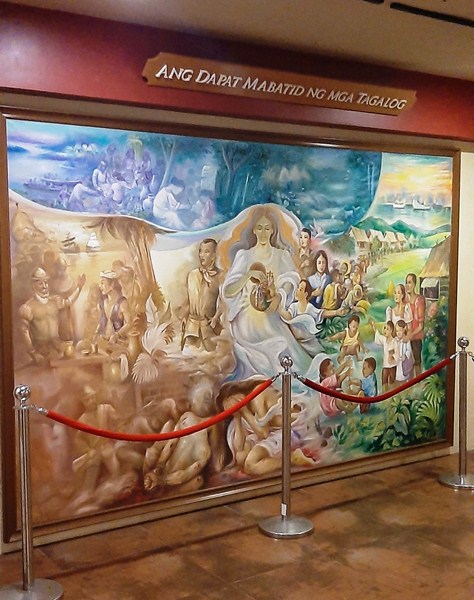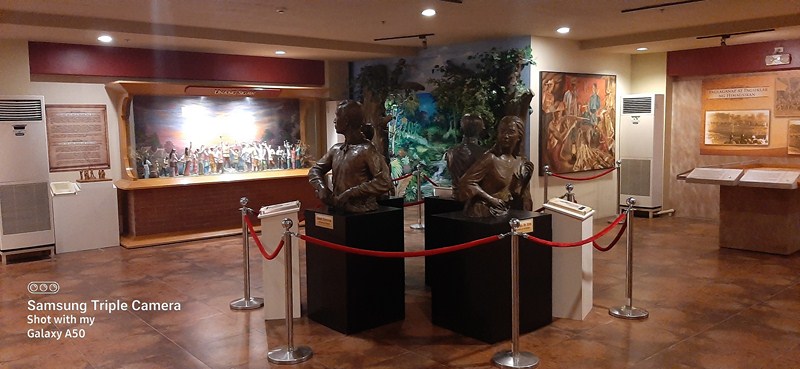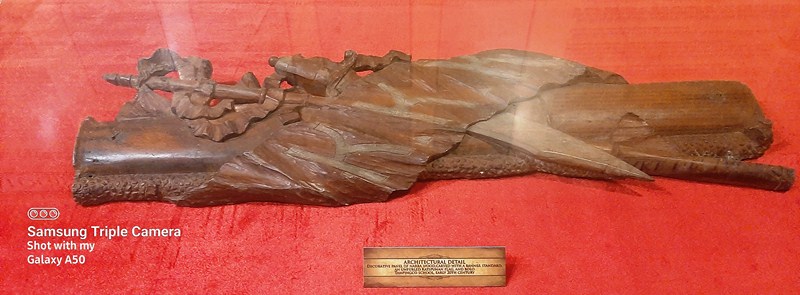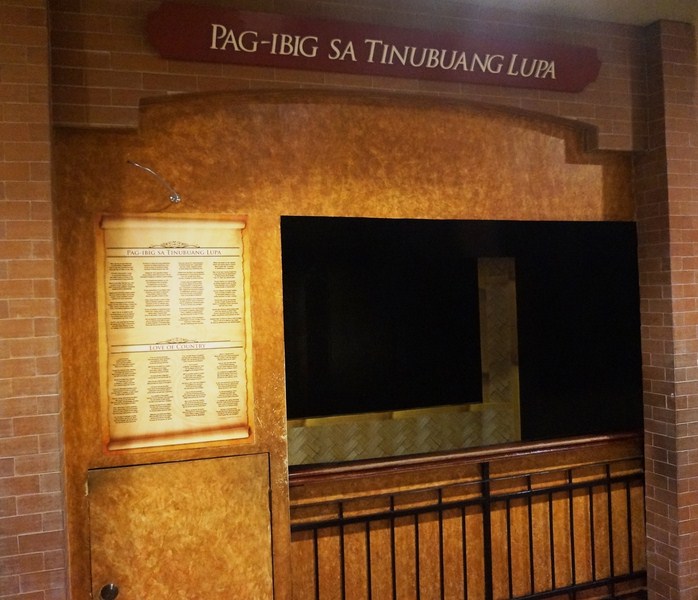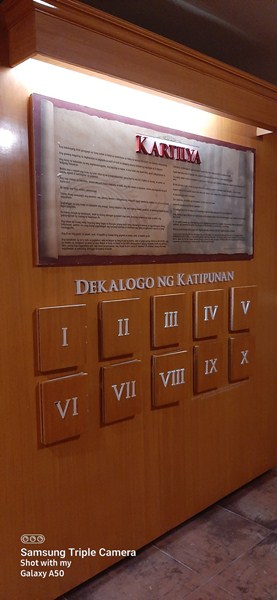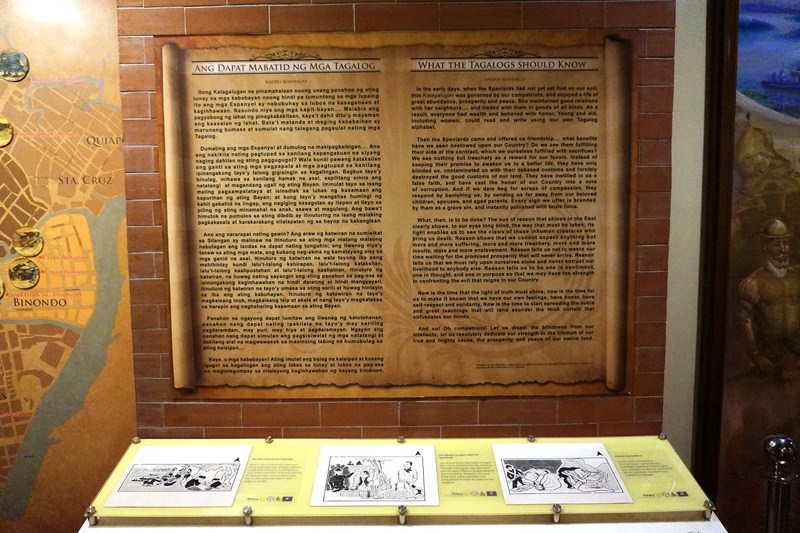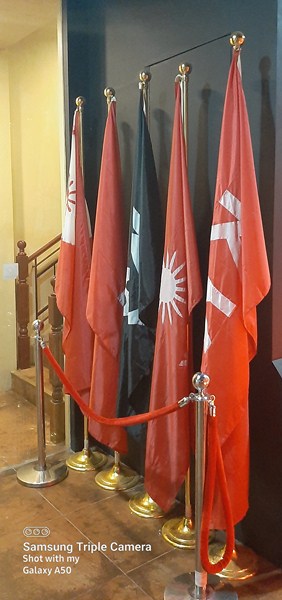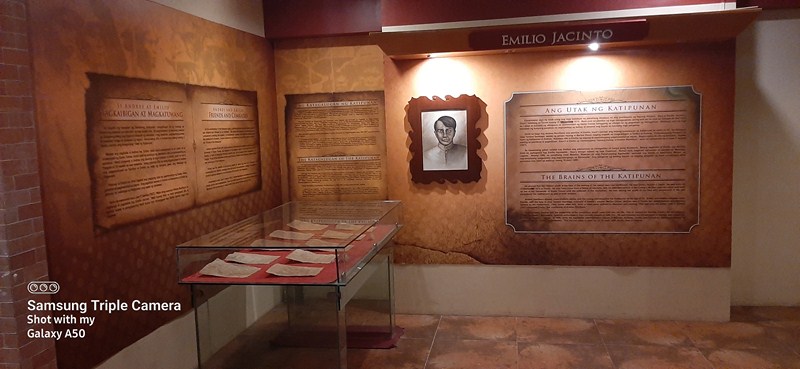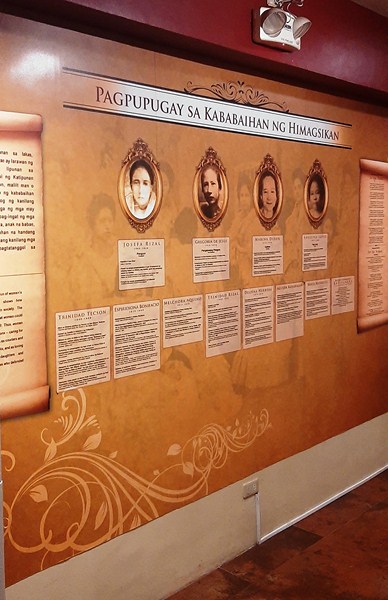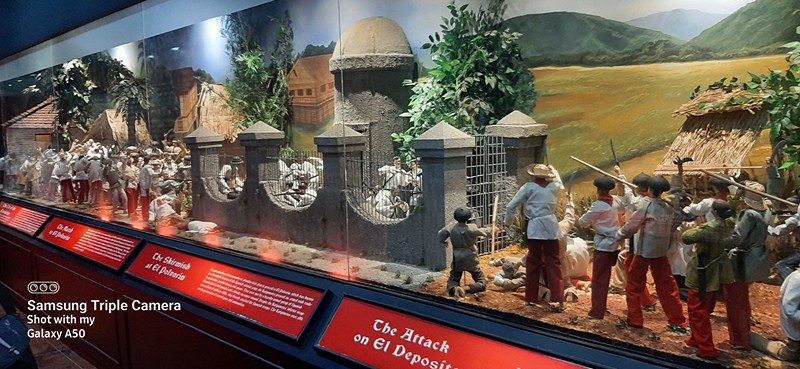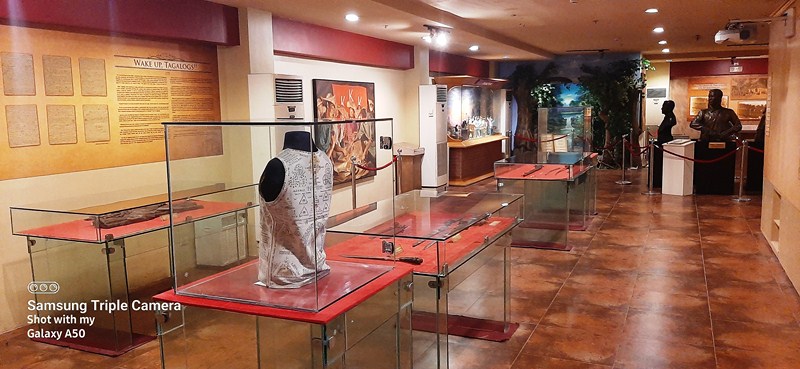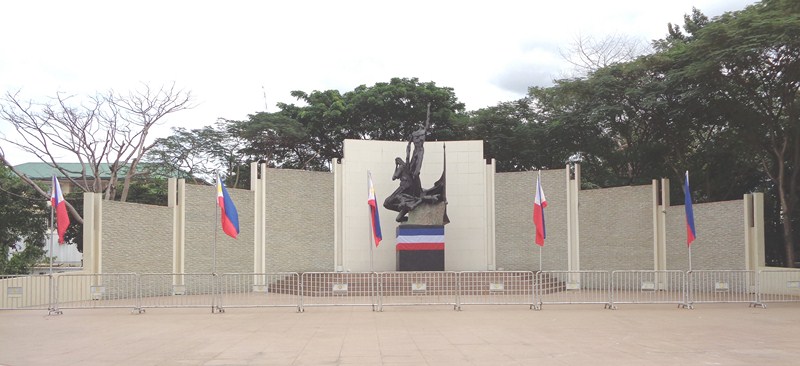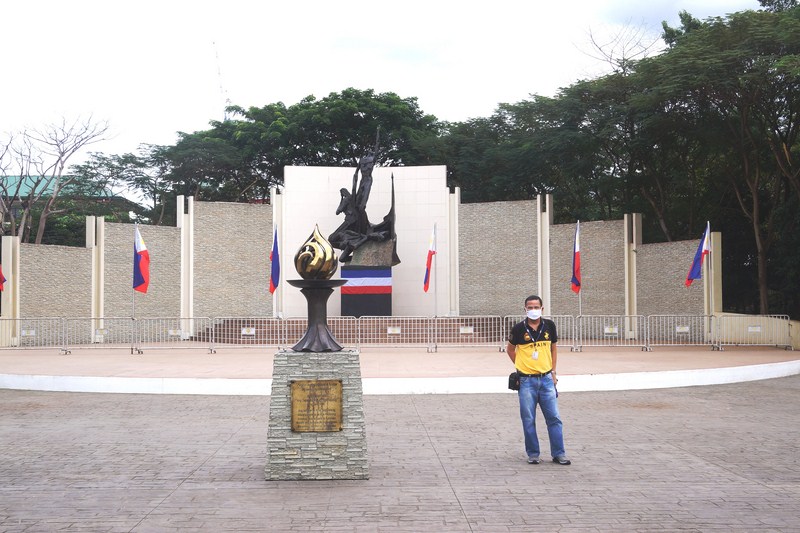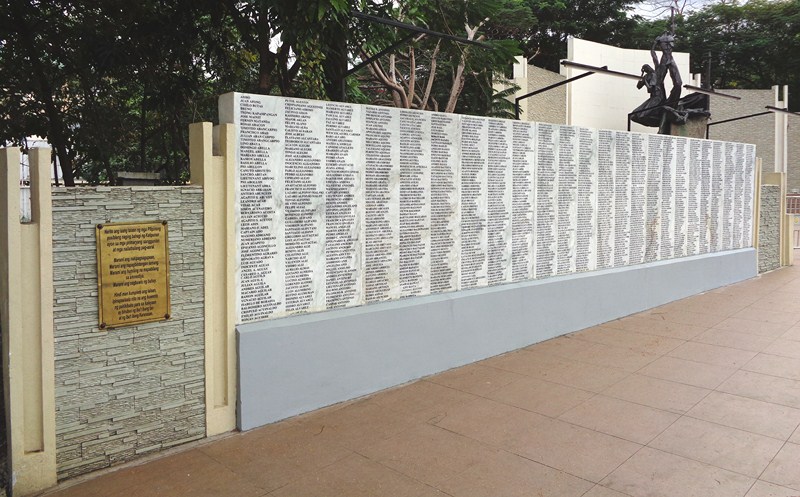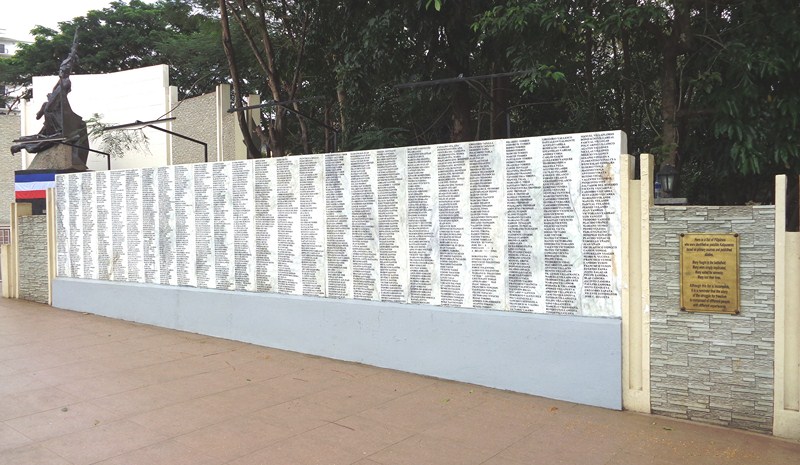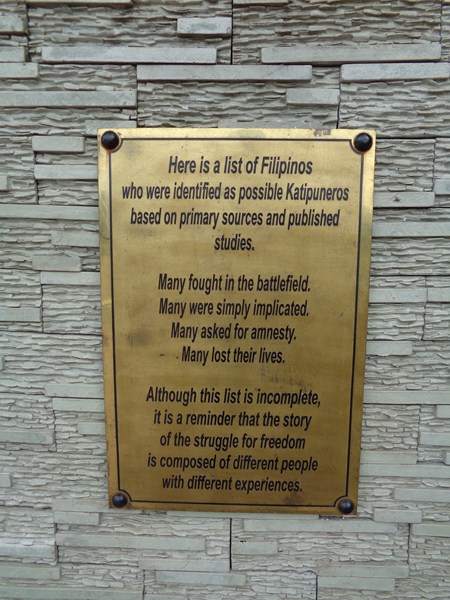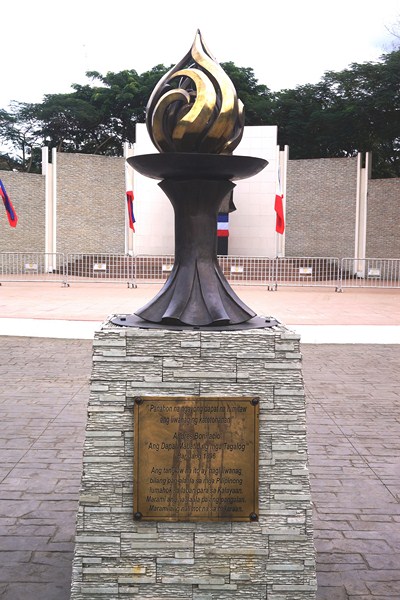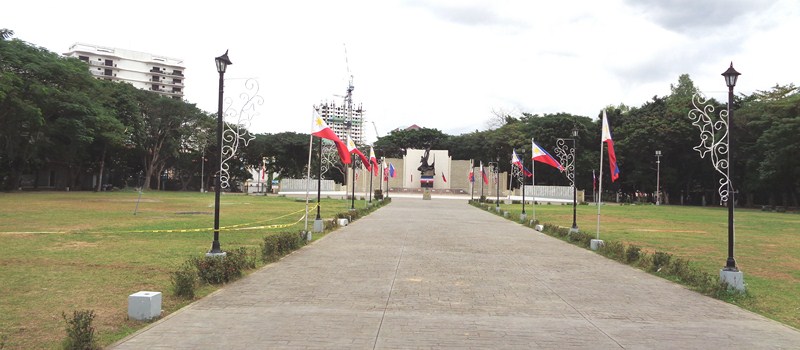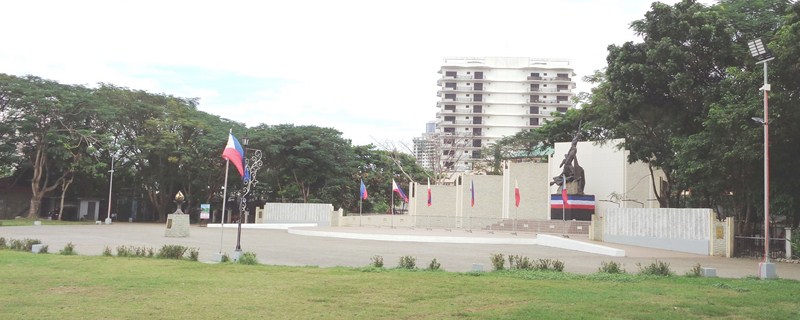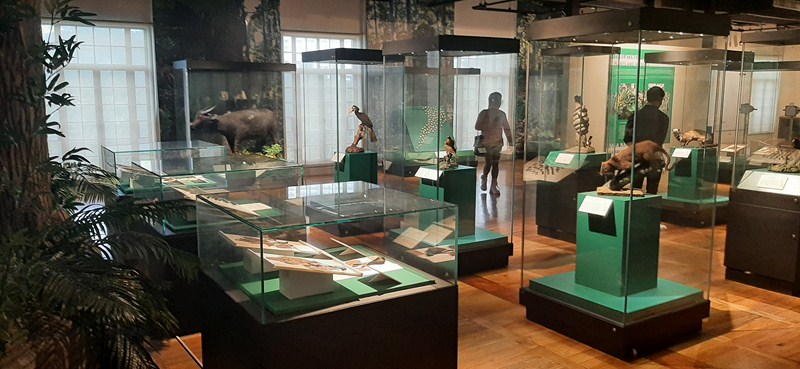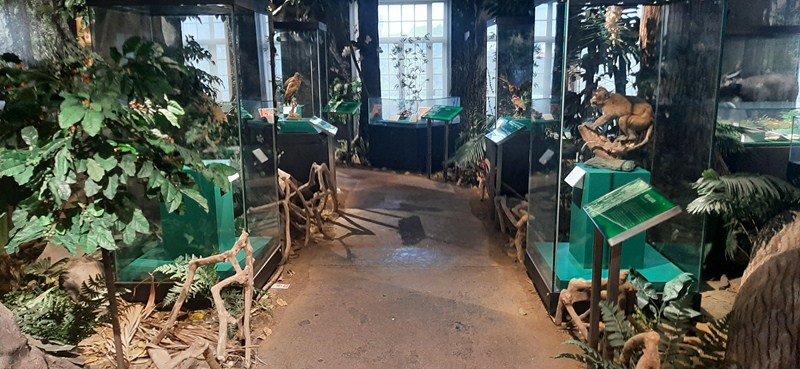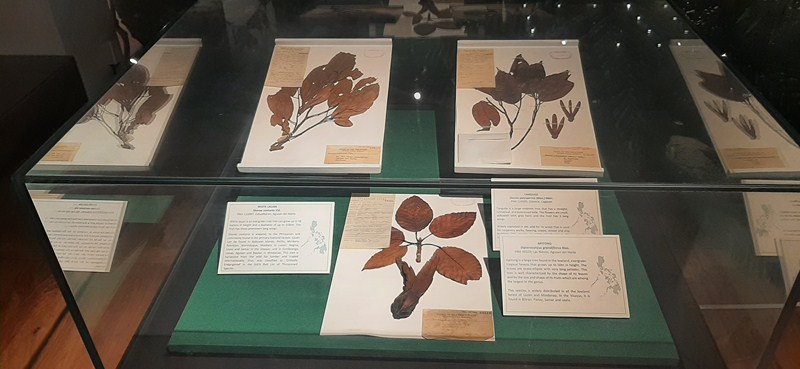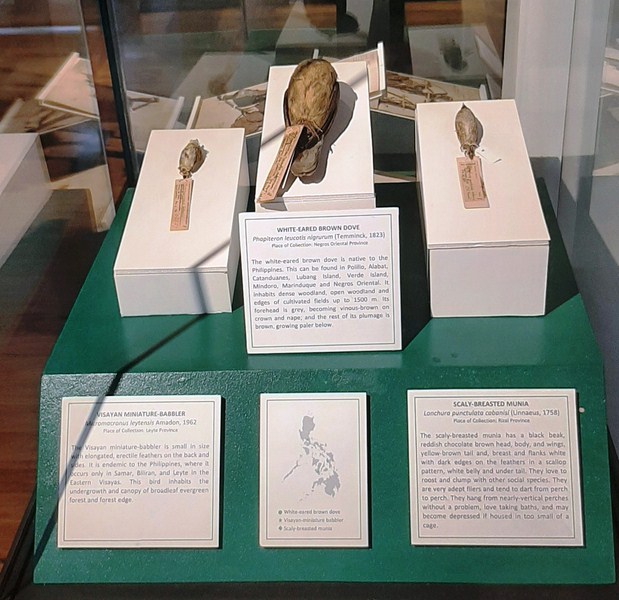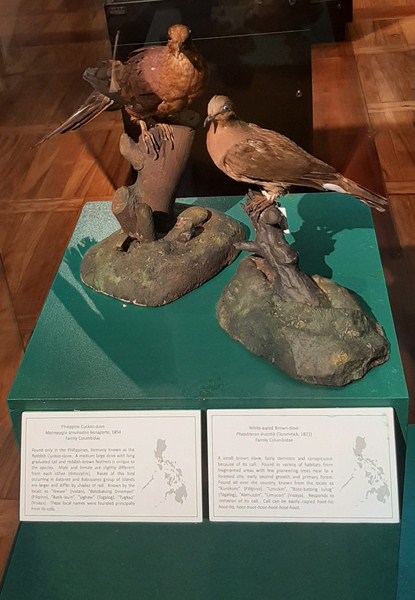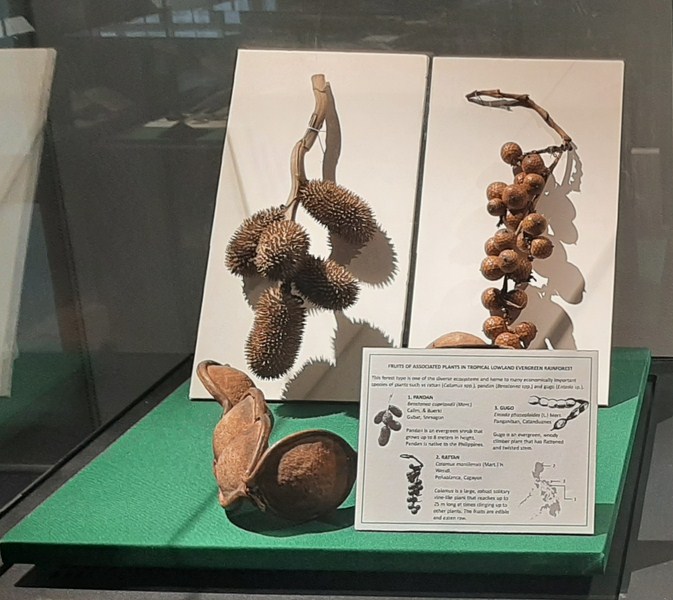The Diocesan Shrine of St. Joseph, Husband of Mary, located on a low mound just off the main highway, a short distance from Baras Municipal Hall, enshrines the miraculous image of San Jose de Baras and is known to be the oldest parish dedicated to St. Joseph in the Southern Tagalog mainland.
Approached by a flight of 11 steps, it was first built by the Franciscan missionaries in 1595 (at the town’s old site in what is now Boso-Boso in Antipolo, with St. James as its patron).
In 1636, it was transferred by the Jesuits, to Ibayo, located one and one-half leagues (about 7.24 kms.) southeast of the first site, to escape the hostilities of the Aeta inhabitants in the area who burned the town and the church in 1635. The church, dedicated to Christ the Savior, was also affected by hostilities, this time when Chinese rebels, in 1639, burned the church as well as other churches in neighboring towns.
In 1682, the town was returned to the present site by the Franciscan and the present adobe church was built here from 1682 to 1686, with the church now dedicated to St. Joseph as its patron. In the 1960s, the church ceiling was removed during a renovation, exposing the rough wood beams supporting the ceiling.
Tiles used for the restoration of the floor were taken from ruined structures in Intramuros. Renovations to the structure have also been done in the 2000s. On December 7, 2021, the church was elevated as a diocesan shrine, the 9th declared as such in the Antipolo Diocese.
The church’s simple, two-level façade is a mixture of fortress-style and barn-style Baroque architecture. The façade’s dark, simple, coarse and sparse qualities, typical of Franciscan mission churches built during the 16th century, is given a decorative touch mainly through the stream of balustrade trimming its triangular pediment, as well as the checkerboard pattern of brick and stone on the pediment’s upper portion, which indicates an addition to the original and much lower stone pediment.
Windows are limited to the facade and one side of the church and the sanctuary is divided from the nave by an arch. As the structure has not been plastered, the dark adobe bricks on which the church was made are exposed. The convent is located on the left side of the church.
AUTHOR’S NOTES:
The four-storey, hexagonal bell tower, on the church’s right, has a square base and has semicircular arch blind and open recesses. It is topped by a balustrade and a dome.
The simple but well preserved interiors revealed the exposed wooden trusses that support the church’s roofing, lacking a ceiling that is usually seen in churches. The altar and lectern are stone artifacts unearthed beneath the church during the 1960s renovation.
The altar, divided into stories, appears to have been intended to be a stone sarcophagus. The main altar and the two side altars are both in the Plateresque style. The image of San Jose de Baras is believed to have been made after the completion of the Church in 1686.
Diocesan Shrine of St. Joseph, Husband of Mary: San Jose St., Brgy. San Juan, Baras, 1970 Rizal. Tel: (02) 8861-3155. View Map>>>Feast of St. Joseph: March 19.
How to Get There: Baras is located 43.2 kms. (a 1 hour and 25 min. drive), via Ortigas Ave., from Manila and 29.9 kms. (a 55-min. drive), via Sumulong Highway, from Antipolo City.

